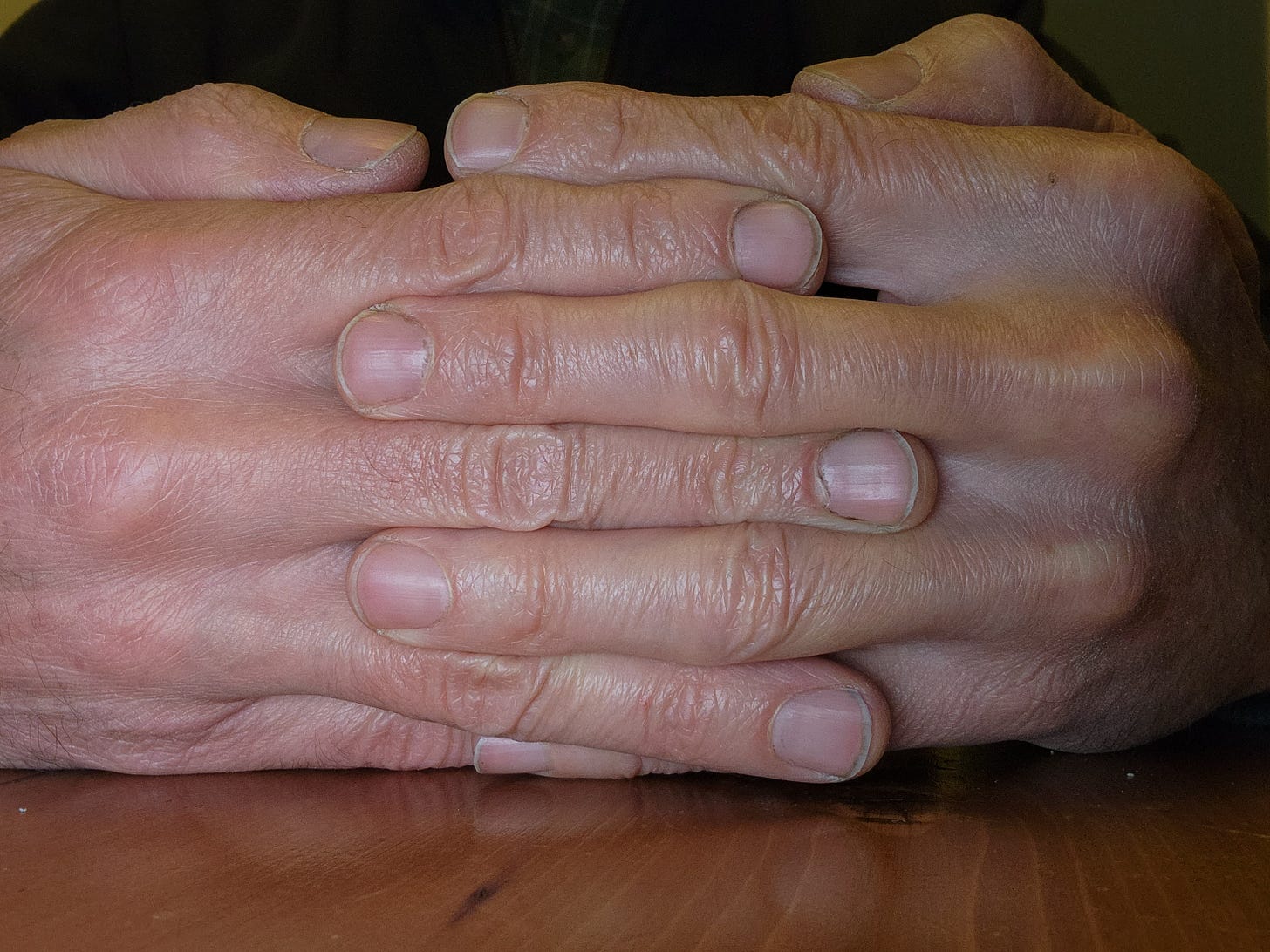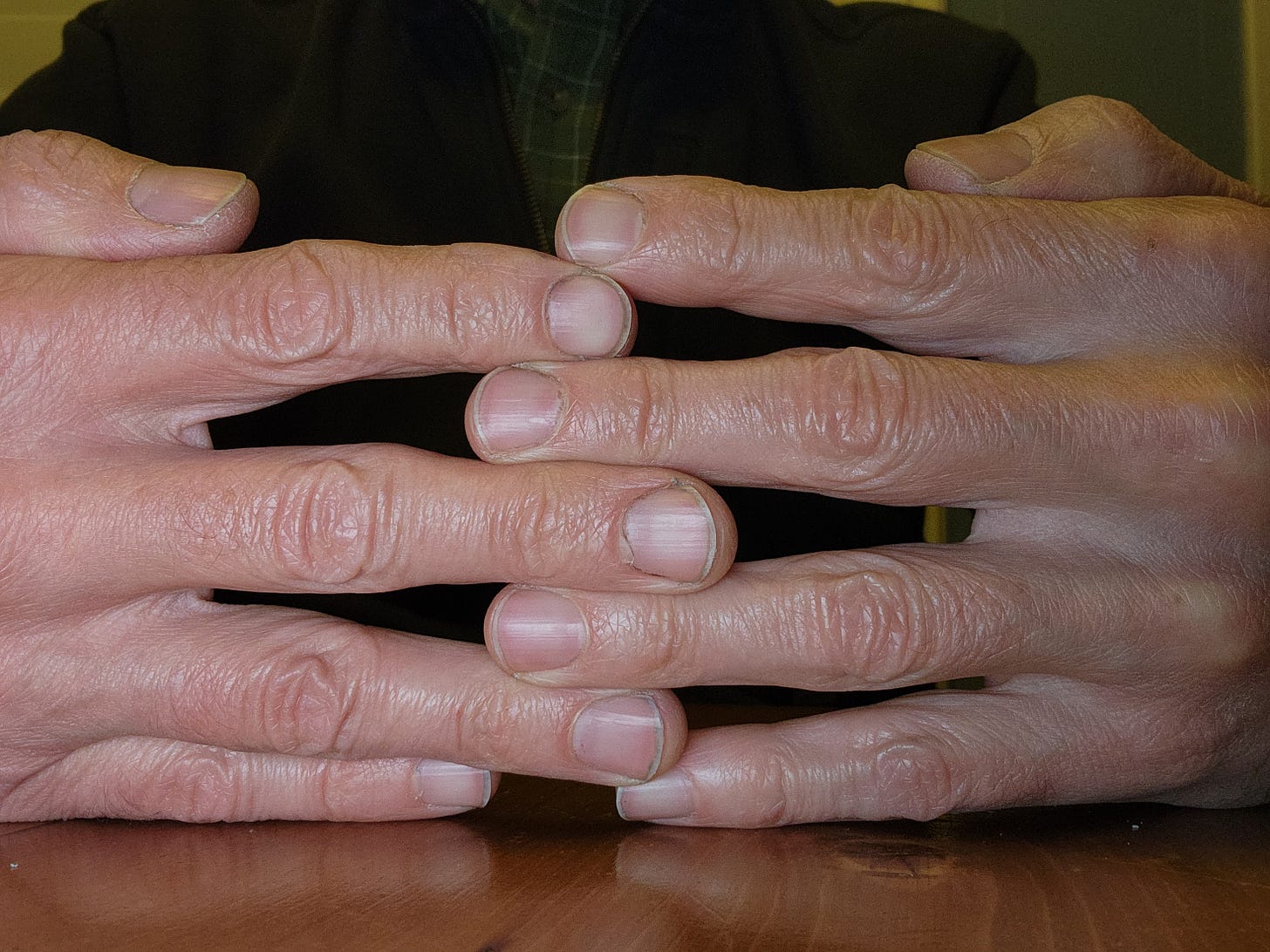Some stretches cause athletic injuries

Let’s start with what we know as fact. Passive stretches do not prevent injuries, warming up does. Stretching is not the same as warm ups.
I am not saying we never need to stretch passively. There are times for that, and I will cover that near the end.
Passive stretching will decrease sprint performance (speed) as compared with a set of squats (potentiation).
What two muscle groups have we traditionally stretched the most, (going back to 1950’s physical education)? - Hamstrings and calf muscles.
What two muscle groups do we “pull” or strain the most? - Hamstrings and calf muscles.
Is this coincidence, correlation or causation? I don’t think causation has been proven, however the circumstantial evidence is strong. If you look at a picture of muscle filaments, they slide over each other when then contract. At rest they are farther apart, and during passive stretching, even further apart.
Picture that you are warming up for a sporting event. You decide to stretch the calf muscle fibers and Achilles tendon for 30 second intervals. In ten minutes you are asking those fibers to contract and crossover as quickly as possible, sometimes within a fraction of a second.
This is why it’s been proven that passive stretches decrease sprint or speed performance.
Now picture you are running and cutting on a field or court. You have planted your foot on the ground while running. Within a split second you have placed a force equal to 5x your body weight onto the ankle. But the ankle is just where many bones are held together by soft, stretchy tissue; muscles, ligaments, tendons, capsules. If you have stretched those soft tissues 10 minutes beforehand, you have now weakened them. A weakened muscle can no longer hold 5x your body weight force. Some of that soft tissue is no bigger than your pinky finger. You just weakened that small muscle, and now want it to hold over 500 pounds of force, in a split second.
Some of the stretches also disrupt proprioceptors, or sensors that tell our brain where the joint is in space, and how it is being torqued. Healthy joint sensors help us prevent injury.
So what are we supposed to do? Evaluate the activity. If you are going to run, how much joint range of motion do you really need? Not much, as compared with gymnastic splits. Active stretches and warm ups are movements that warm the muscles and get them ready for muscle contractions. Active warm ups have been proven to improve performance, and probably prevent injury. Balancing on one foot improves joint awareness, and prepares the knee and ankle for stability.
Yes there are times when we need to stretch passively; wrestling, martial arts, gymnastics, etc. We need all available joint range of motion to prevent be torqued too far. I would argue from a performance standpoint to limit your stretching to what is necessary before competition. After practice would be the ideal time to reach the limits of flexibility.
Outraged?! Admittedly, these are unproven theories. Science and studies start by asking questions.




